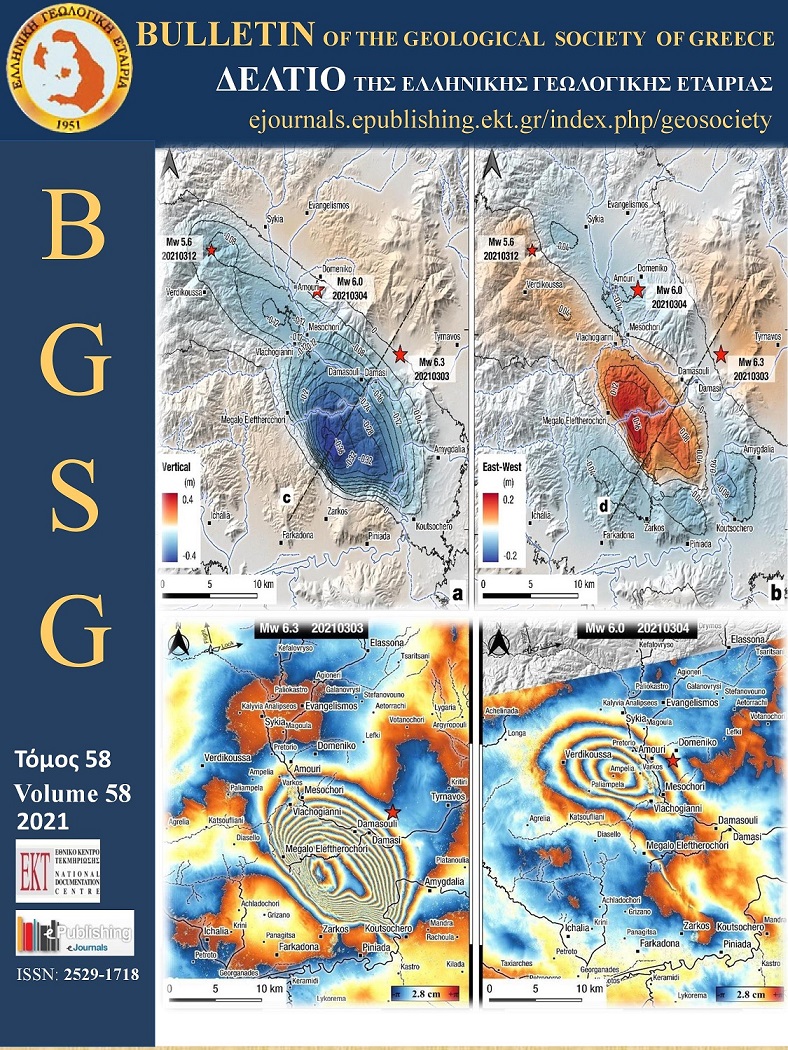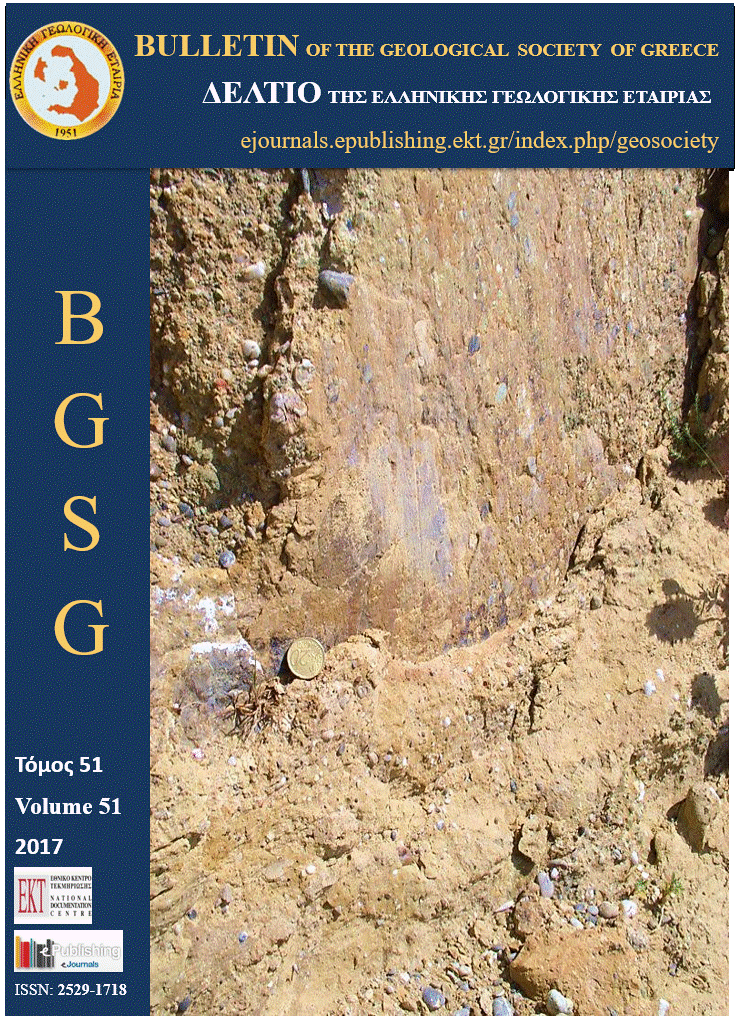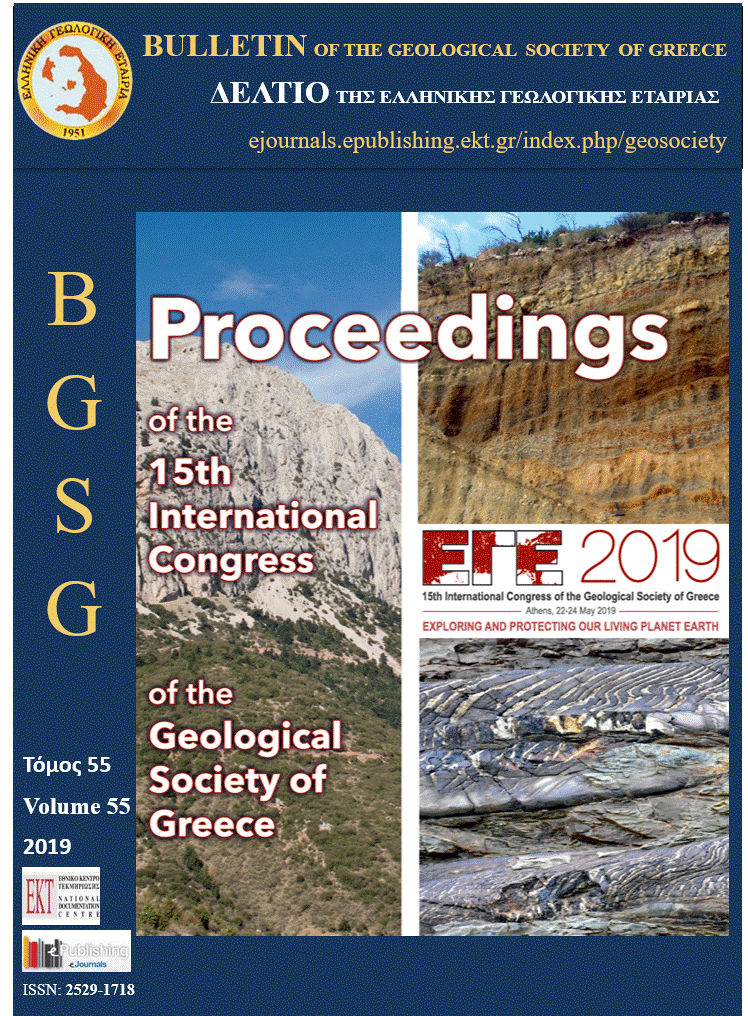The March 2021 Tyrnavos, central Greece, doublet (Μw6.3 and Mw6.0): Aftershock relocation, faulting details, coseismic slip and deformation
Résumé
On 3 March 2021, the Mw6.3 Tyrnavos earthquake shook much of the Thessalia region, leading to extensive damage in many small towns and villages in the activated area. The first main shock was followed in the next day, on 4th of March 2021, by an “equivalent” main shock with Mw6.0 in the adjacent fault segment. These are the largest earthquakes to strike the northeastern part of Thessalia since the M6.3, 1941 Larissa earthquake. The main shocks triggered extensive liquefaction mainly along the banks of the Titarisios tributary where alluvial flood deposits most probably amplified the ground motions. Our seismic monitoring efforts, with the use of recordings of the regional seismological network along with a dense local network that was installed three days after the seismic excitation initiation, led to the improved understanding the geometry and kinematics of the activated faults. The aftershocks form a north–northwest–trending, east–northeast–dipping, ~40 km long distribution, encompassing the two main ruptures along with minor activated structures, consistent with the rupture length estimated from analysis of regional waveform data and InSAR modeling. The first rupture was expanded bilaterally, the second main shock nucleated at its northern tip, where from this second rupture propagated unilaterally to the north–northwest. The focal mechanisms of the two main shocks support an almost pure normal faulting, similar to the aftershocks fault plane solution determined in this study. The strong ground motion of the March 3 main shock was computed with a stochastic simulation of finite fault model. Coseismic displacements that were detected using a dense GPS / GNSS network of five permanent stations located the Thessaly region, have shown an NNE–SSW extension as expected from the nature and location of the causative fault. Coulomb stress changes due to the coseismic slip of the first main shock, revealed that the hypocentral region of the second main shock was brought closer to failure by more than 10 bars.
Article Details
- Comment citer
-
Karakostas, V., Papazachos, C., Papadimitriou, E., Foumelis, M., Kiratzi, A., Pikridas, C., Kostoglou, A., Kkallas, C., Chatzis, N., Bitharis, S., Chatzipetros, A., Fotiou, A., Ventouzi, C., Karagianni, E., Bonatis, P., Kourouklas, C., Paradisopoulou, P., Scordilis, E., Vamvakaris, D., Grendas, I., Kementzetzidou, D., Panou, A., Karakaisis, G., Karagianni, I., Hatzidimitriou, P., & Galanis, O. (2021). The March 2021 Tyrnavos, central Greece, doublet (Μw6.3 and Mw6.0): Aftershock relocation, faulting details, coseismic slip and deformation. Bulletin of the Geological Society of Greece, 58, 131–178. https://doi.org/10.12681/bgsg.27237
- Rubrique
- Natural Hazards

Ce travail est disponible sous licence Creative Commons Attribution - Pas d’Utilisation Commerciale 4.0 International.
Authors who publish with this journal agree to the following terms:
Authors retain copyright and grant the journal right of first publication with the work simultaneously licensed under a Creative Commons Attribution Non-Commercial License that allows others to share the work with an acknowledgement of the work's authorship and initial publication in this journal.
Authors are able to enter into separate, additional contractual arrangements for the non-exclusive distribution of the journal's published version of the work (e.g. post it to an institutional repository or publish it in a book), with an acknowledgement of its initial publication in this journal. Authors are permitted and encouraged to post their work online (preferably in institutional repositories or on their website) prior to and during the submission process, as it can lead to productive exchanges, as well as earlier and greater citation of published work.





